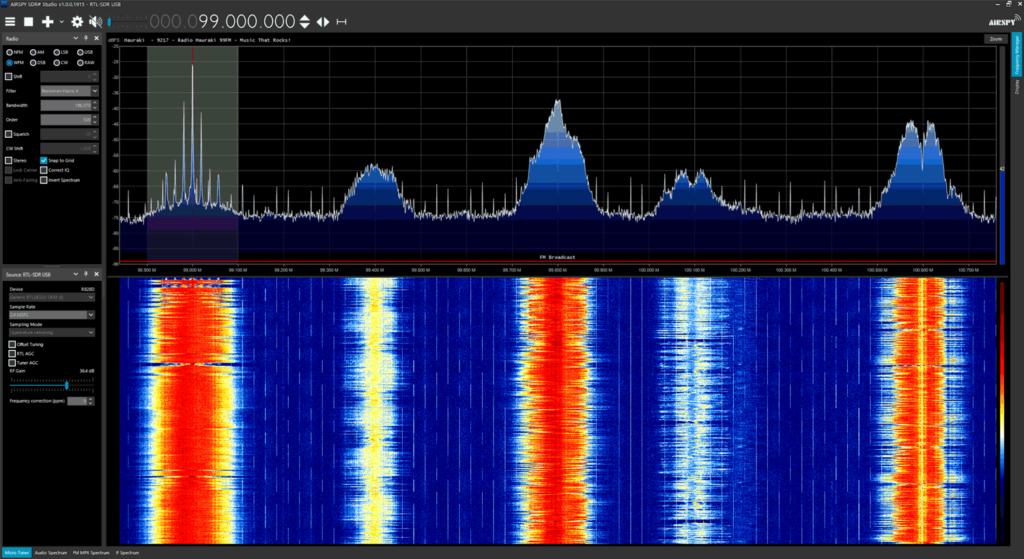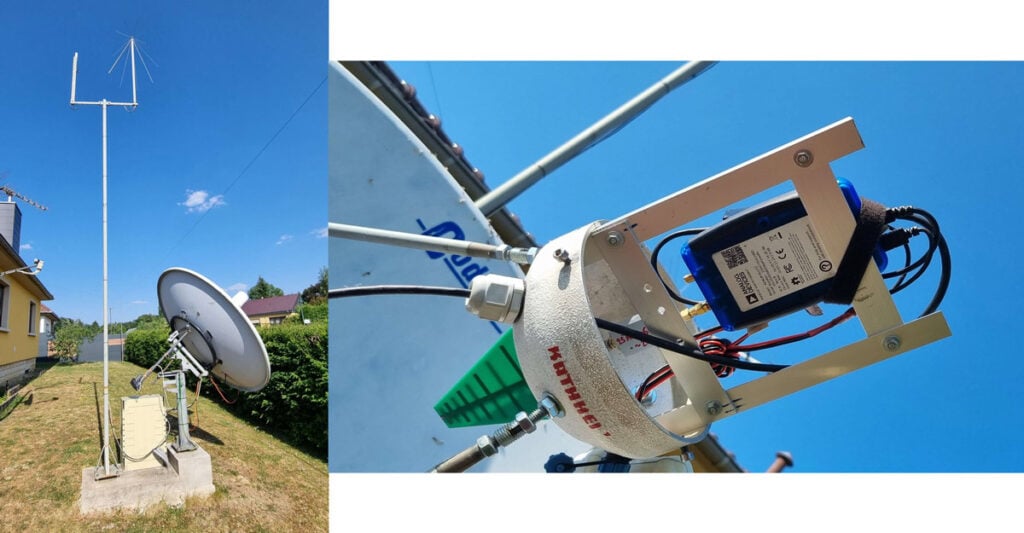RFNM Updates: Motherboard Prototypes Manufactured
Back in April we posted about the RFNM, an upcoming software defined radio project which will have eight 12-bit ADCs, up to 612 MHz real time bandwidth, and two DACs for transmitting with up to 153 MHz bandwidth. The standard board will support tuning from 600 - 7200 MHz, with tuning expanded down to 10 MHz via an RFFC2071A mixer.
Recently they've updated their blog and show that they have successfully manufactured the first prototype of the RFNM motherboard. The motherboard is the board containing the LA9310 RF and computing chips, and then they intend on having various daughterboards for tuners that will expand the tuning range and performance.
They also updated their pricing, noting that they have upgraded a few specifications. The motherboard is set to be priced at $299. It will be available for preorder in August, with an expected October delivery date.




